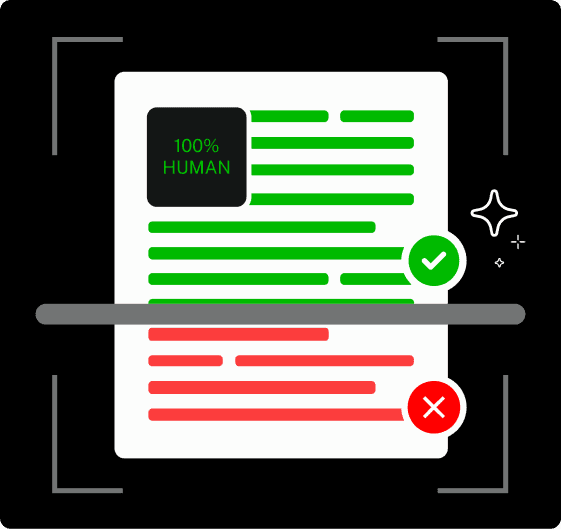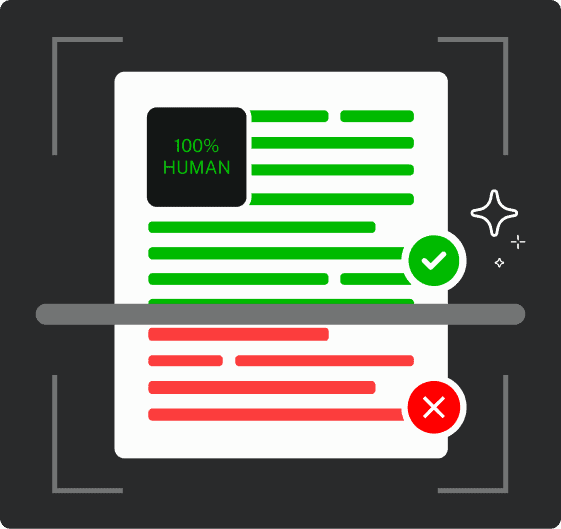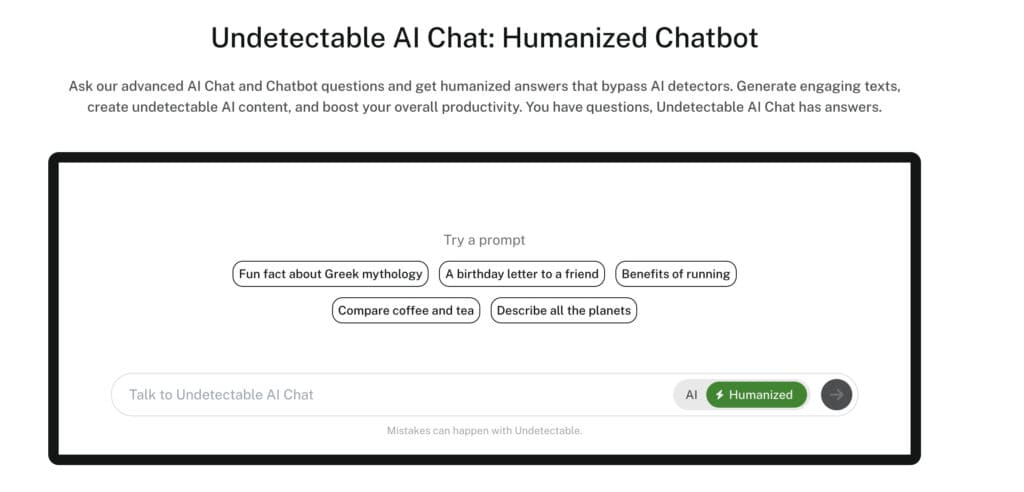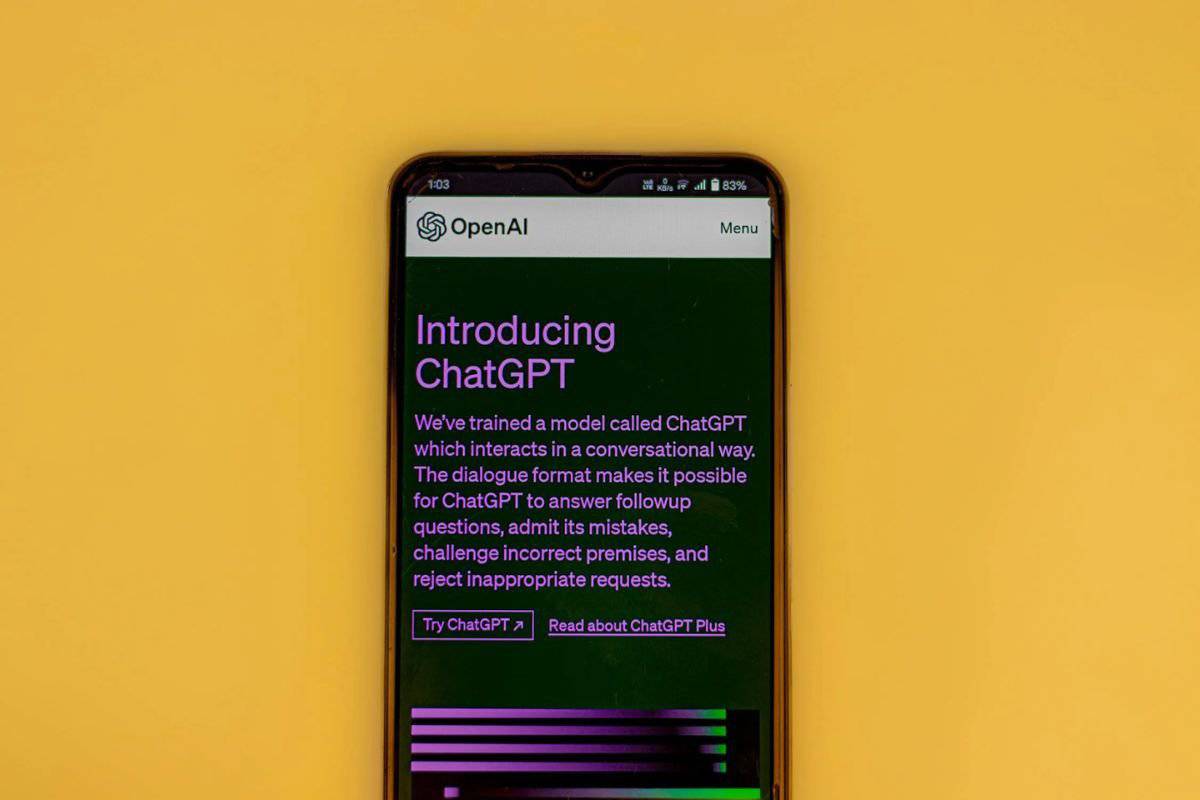If you’ve been in the AI game for a short while, you’re probably familiar with some of the front-runners in generative AI.
Tools like Jasper’s prompt-based content writer, the DALL-E 3 AI art generator, and even Suno and its magical music generation abilities—just to name a few.
But it was ChatGPT that brought the AI industry to a whole new level.
It became highly popular and created paths for different platforms to create more AI tools like it.
Most of us might know how to use it on a basic level, but have you ever wondered, “What does the GPT stand for in ChatGPT?”
Is it some kind of a tech acronym or a cool Silicon Valley-sounding label?
What Does GPT Stand For?
GPT stands for generative pre-trained transformer. These three words reveal the core of how ChatGPT and similar AI systems function.
Imagine GPT as the V8 engine under the hood of ChatGPT.
When you interact with ChatGPT, you’re essentially talking to a GPT model that’s been optimized for conversation.


Never Worry About AI Detecting Your Texts Again. Undetectable AI Can Help You:
- Make your AI assisted writing appear human-like.
- Bypass all major AI detection tools with just one click.
- Use AI safely and confidently in school and work.
The name tells us exactly how the technology works, where it generates new content, relies on pre-training on massive datasets and uses a transformer architecture to understand context.
The term might sound technical, but understanding each part gives you insight into why these AI models can write essays, answer questions, and even mimic human conversation with surprising accuracy.
Breaking Down GPT: What Each Word Means

Let’s take a closer look at each component of GPT.
These three words weren’t chosen randomly—they describe the fundamental approach that makes this AI technology so powerful.
1. Generative
The “G” in GPT points to the model’s primary purpose: generating new content.
Unlike AI systems designed only to classify or identify existing information, GPT creates new text.
It doesn’t just retrieve pre-written answers from a database. Instead, it formulates original responses based on patterns it learned during training.
This generative ability means GPT can:
- Craft entirely new stories
- Produce unique answers to questions
- Create content that hasn’t existed before
- Adapt its writing style to different contexts
When you ask ChatGPT to write a poem or explain a concept, it generates fresh content on the spot. That’s the true power of the “G” in GPT.
2. Pre-trained
The “P” reveals a critical aspect of how GPT models develop their capabilities.
Pre-training refers to the initial learning phase where the model absorbs patterns from massive datasets before it even interacts with users.
During pre-training, GPT processes billions of text examples from books, articles, websites, and other sources.
This process teaches the model:
- Language patterns and grammar
- Facts and general knowledge
- Common reasoning patterns
- Cultural contexts and references
Think of pre-training as the model’s education phase.
Just as humans learn from reading books before writing their own content, GPT learns from existing text before generating new material.
This pre-training is what gives GPT its broad knowledge base.
When you ask about anything from Shakespeare to quantum physics, the model draws on this foundation to form its response.
3. Transformer
The “T” represents the architectural breakthrough that made modern AI text generation possible.
The transformer architecture, introduced in a 2017 paper titled “Attention Is All You Need,” revolutionized how AI processes language.
Unlike earlier models that processed text sequentially (one word at a time), transformers can analyze relationships between all words in a passage simultaneously.
This approach allows the model to:
- Understand context more effectively
- Maintain coherence across long passages
- Grasp subtle connections between concepts
- Process information more efficiently
The transformer’s attention mechanism lets GPT weigh the importance of different words in relation to each other.
This helps the model understand that words’ meanings change depending on their context.
For instance, when you use the phrase “bank” in certain contexts, GPT will understand that you’re talking about finance, not the bank of a river.
This contextual understanding comes from the transformer architecture.
How GPT Works in ChatGPT
ChatGPT isn’t just GPT—it’s GPT optimized specifically for interactive conversations.
This distinction matters because it explains why ChatGPT feels so natural to talk with compared to other AI tools.
How ChatGPT Uses GPT to Generate Text
ChatGPT builds on the core GPT technology but adds crucial elements that make it work well for back-and-forth dialogue.
The process works something like this:
- You enter a message or question (the prompt)
- ChatGPT processes your input through its GPT model
- It considers the full conversation history for context
- The model generates multiple possible responses
- Additional systems evaluate these responses for quality and safety
- The best response is selected and displayed to you
What makes ChatGPT special is that it’s been fine-tuned specifically for dialogue. This includes additional training to make responses helpful, harmless, and honest.
The model also learns to admit when it doesn’t know something rather than making up answers.
Why GPT Models Are So Effective in Conversations
GPT models excel at conversations for several key reasons that stem directly from their design.
First, they understand context remarkably well.
When you ask follow-up questions, the model remembers previous exchanges and builds on them, creating the feeling of talking to someone who’s actually listening.
Second, GPT models have been exposed to countless examples of human dialogue during training.
They’ve learned the natural flow of conversation, like how people ask questions, provide clarifications, and build on previous statements.
Third, modern GPT models have been fine-tuned through a technique called Reinforcement Learning from Human Feedback (RLHF).
This process helps align the model’s responses with human preferences and expectations.
The result is an AI system that can maintain coherent, relevant conversations across an enormous range of topics, from casual chitchat to technical explanations.
The Evolution of GPT: From GPT-1 to GPT-4.5
The GPT model has evolved dramatically since its introduction. Each version has brought substantial improvements in capabilities.
- GPT-1 (2018) was groundbreaking but limited. With 117 million parameters (the adjustable values that determine how the model processes information), it demonstrated that the transformer approach could work for generative text tasks.
- GPT-2 (2019) represented a major leap forward with 1.5 billion parameters. Yet, its improved capabilities raised concerns about potential misuse, leading to a staged release approach.
- GPT-3 (2020) was revolutionary. With 175 billion parameters, it demonstrated remarkable versatility and became the first GPT model to power widespread commercial applications.
- GPT-3.5 (2022) powered the initial release of ChatGPT. This refined version showed significantly improved dialogue capabilities and better alignment with human values.
- GPT-4 (2023) marked another leap. With multimodal capabilities (processing both text and images) and improved reasoning, it demonstrated expert-level performance across many domains.
- GPT-4.5 (2024) continued this evolution with refined capabilities and even greater reliability. Each iteration has brought us closer to AI systems that can understand and respond to our needs with greater nuance and accuracy.
Throughout this evolution, the fundamental GPT approach has still remained consistent while the scale and sophistication have grown dramatically.
How AI Tools Use GPT for Different Applications
GPT technology powers far more than just ChatGPT.
Its versatility makes it ideal for numerous specialized applications, each leveraging the core GPT capabilities in unique ways.
At Undetectable AI, we’ve developed several tools that harness GPT’s language-processing abilities for specific purposes:

- AI Chat – Our AI Chat offers smart, context-aware replies to any question, from creative writing prompts to history facts to coding help. It uses GPT to generate accurate, nuanced answers, then humanizes the response so it sounds natural and bypasses AI detectors. Whether you’re brainstorming, scripting, or just curious, this chat does more than respond—it engages like a real person.
- AI SEO Writer – The AI SEO Writer uses GPT to produce fully optimized articles that not only rank on search engines but also read as if written by a human. It combines keyword targeting, competitor analysis, and advanced language modeling to write high-performing SEO content. With a built-in humanizer, your articles bypass AI detection tools without sacrificing quality or clarity.

- Paraphrasing tool – Our AI Paraphrasing Tool rethinks your sentences. Using GPT’s advanced language capabilities, it rewrites text with different tones, styles, or levels of complexity. Perfect for students, marketers, and researchers, the tool helps transform any draft into original, engaging, and undetectably human content.
- AI Resume Builder – The Resume Builder leverages GPT to create customized, ATS-optimised resumes. You choose a template, feed in your details, and GPT handles the rest—crafting compelling, job-specific resumes using professional language and industry keywords.
Combine it with our AI Humanizer, and you’ll get a polished resume that stands out, reads naturally, and avoids sounding robotic.
These applications reveal GPT’s versatility. The same core technology—Generative Pre-trained Transformer—can be optimized for vastly different tasks while maintaining the quality and contextual understanding that makes GPT so powerful.
Discover our AI Detector and Humanizer through the widget below!
FAQs About GPT in ChatGPT
Is GPT the same as AI?
No. GPT is one specific type of AI model focused on generating text, while AI is a broader field that includes various technologies like computer vision and robotics.
GPT is a tool within the AI toolbox. What makes GPT unique is its ability to generate human-like language, not just analyze or classify data.
Who developed GPT?
GPT was developed by OpenAI, which was founded in 2015 by Elon Musk, Sam Altman, and others.
The first version launched in 2018 and each new release builds on research in machine learning and language modeling. Microsoft is now a major investor and partner in OpenAI’s continued GPT development.
How does GPT improve over time?
Each version of GPT improves through larger datasets, more training parameters, and smarter architecture.
Techniques like Reinforcement Learning from Human Feedback (RLHF) help align outputs with human preferences. Updates also include stronger safety measures to reduce bias and prevent misuse.
Now You Know Your GPTs!
GPT—Generative Pre-trained Transformer—powers some of the most impressive AI tools available today.
Understanding what this acronym means can give you deeper insight into how technology like ChatGPT works and why it’s capable of such remarkable language generation.
As GPT technology evolves, it becomes more versatile, powerful, and accessible.
Whether you’re chatting casually or using advanced tools like Undetectable AI’s GPT-powered Chat, SEO Writer, Paraphraser, or Resume Builder, you’re tapping into a cutting-edge AI system built to produce human-like results.
Try Undetectable AI to experience GPT technology tailored for smarter, undetectable writing.
